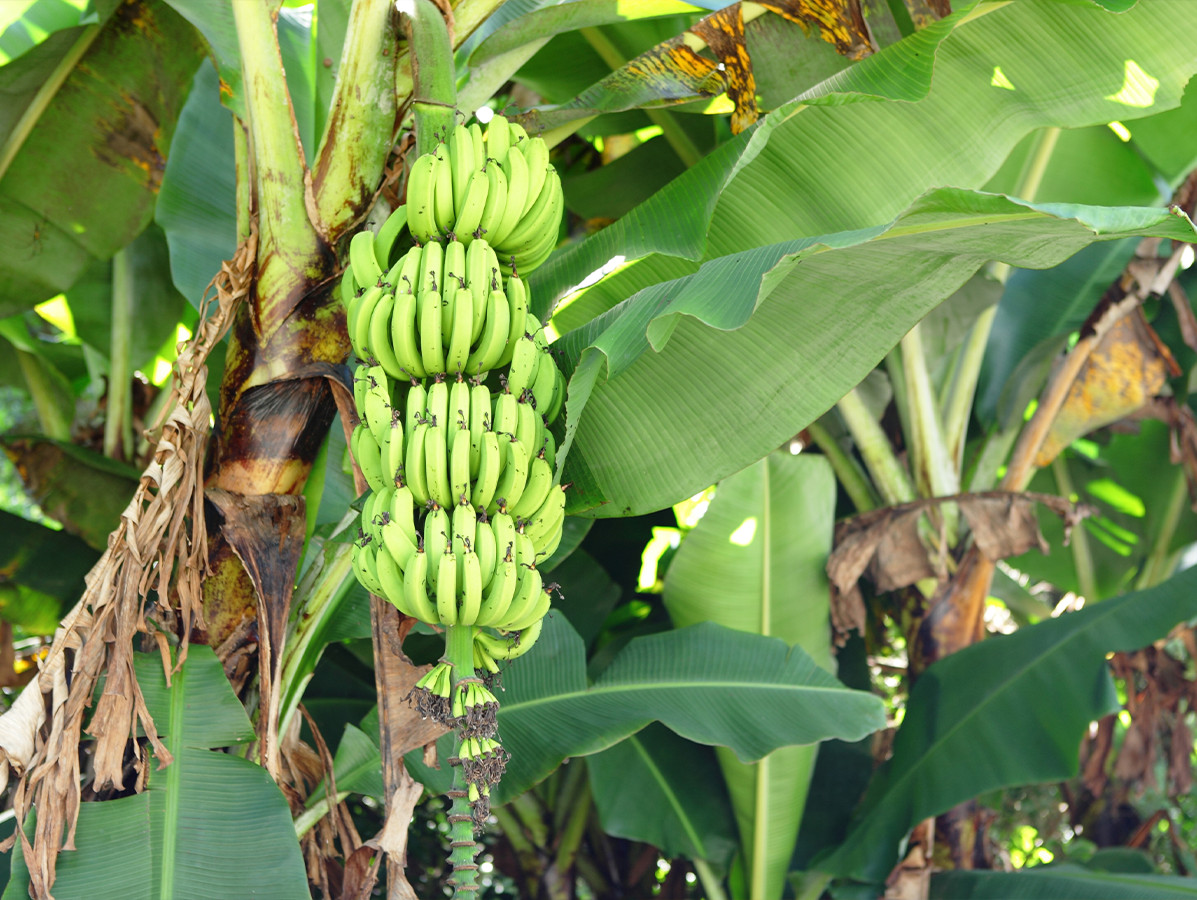
Several Dutch supermarkets, affiliated to CBL, signed the 'Liveable Wage Banana Commitment' in October 2019 within the IMVO Food Covenant. They did this together with IDH, The Sustainable Trade Initiative. The aim of the commitment is to sell bananas in Dutch supermarkets for which workers on the banana plantations receive a living wage. The aim is to close the gap between the current and the living wage, the so-called living wage gap, by at least 75 percent in 2025.
The goal in the first year of the 'Living Wage Banana Project' was to map out the gap between the current and living wage of workers on the banana plantations for at least 33 percent of the assortment. This goal was more than achieved in 2020: the 117 plantations participating in the study account for about 42 percent of the total banana purchases of Dutch supermarkets.
The first year of the 'Living Wage Banana Project' underlines the importance of the insights gained. The research shows that the average living wage gap in the banana sector is nine percent. Sixty-one percent of workers on the participating plantations have no living wage gap.
The supermarket sector believes it is important that every worker on the plantation receives a living wage for the hard work they do. "We are proud of the insight into wages in the banana chain. However, we only cover part of the chain. Dutch supermarkets purchase only 7.6 percent of the production of the 117 banana plantations included in this study", says Jennifer Muller, Manager Sustainability at the CBL. "To make a living wage an integral part of the banana chain, it is important that as many supermarkets and chain parties as possible get to work on this theme. Cooperation with certification schemes such as Rainforest Alliance and Fairtrade is also essential. We cannot do this alone."
In any case, the Dutch supermarkets will work to gain further insight into the living wage gap for their entire assortment. The results obtained will also be analysed and solutions will be rolled out together with chain parties to close the gap where necessary. "Closing the living wage gap is, after all, the ultimate goal," says Muller.
Read the infographic 'Leefbaar Loon Bananenproject'(Dutch only)
cbl.nl
Source: CBL